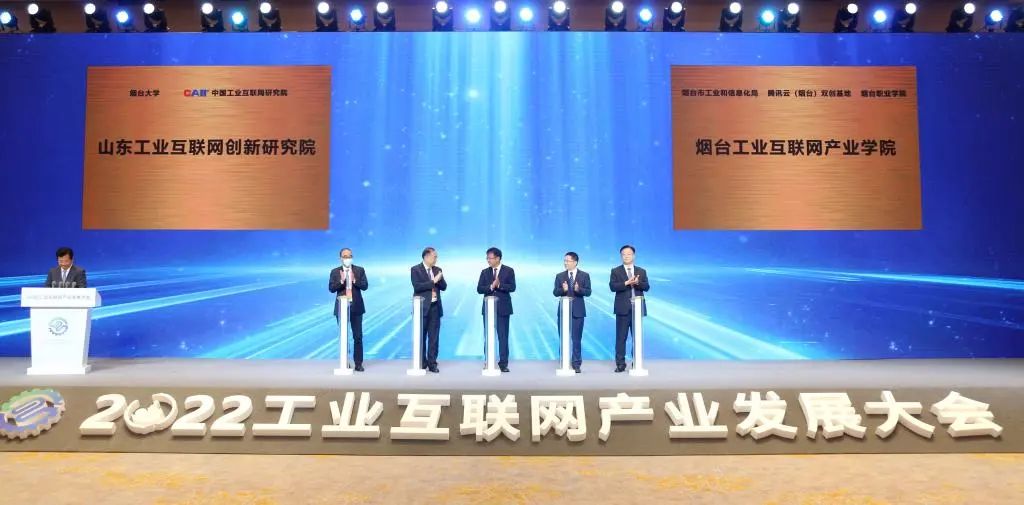Korean scholar: China's ambition is difficult to stop
Author:Global Times Time:2022.06.30
World Newspaper Cindyga's article on June 27, original title: How realistic is China's semiconductor ambition?
Bayeng arrived in South Korea last month -as the first visit to South Korea as a US president -he went directly to the Samsung Semiconductor factory on the suburbs of Seoul. There, he met with South Korean President Yin Xiyue and Vice Chairman of Samsung Electronics, Li Zaiyu, and praised Samsung to invest in US $ 17 billion to build a semiconductor factory in Texas. The significance of semiconductors in terms of economy and strategy is no longer clear.
During the new coronary pneumonia epidemic, the interruption of the semiconductor supply chain forced a series of industries -from cars to consumer electronics -slow down or stop production activities. Obviously, reliable semiconductor supply plays a vital role in the economic flexibility of a country. This is even more for strategic competition in the United States and China.
At present, with its strength in the chip design and industry without wafers, the United States occupies a greater share in global semiconductor cakes. But most chips are far from the United States. And China -the largest chip market in the world -is investing in the chip field as part of the component of independent innovation. So far, China has been working hard to catch up. This is not to say that the status of the current leader cannot be shaken.
After all, South Korean companies such as Samsung have successfully surpassed more mature Japanese companies such as Toshiba in the semi -conductor field. The key is to implement the "leapfrog" strategy: robbing a more advanced technology version before the current leader. South Korean companies have never manufactured a minimum capacity chip. On the contrary, they used the equipment and facilities imported from Japan and the circuit design that obtained permits from the United States Micron Technology, and started to develop 64K chips as soon as they entered the market. But Samsung continues to rely on high -tech components, components and supply products from foreign producers such as Japan, as well as software from the United States.
With the increasingly limited foreign technology and equipment in China, it will be difficult for the country to copy this leap -up strategy. Both semiconductor and other cutting -edge industries are led by a few companies. This is not to say that China has not developed advanced -even the world's leading opportunity. Although this will definitely not happen overnight, there is still a chance to boost China's prospects.
First of all, although the storage chip market is a single attribute -lack of high -end or low -end segmentation -but system chips (or dedicated integrated circuit chips) markets can be segmented according to application purposes. For example, automobile companies do not use the most advanced products to manufacture the most cutting -end 10 nanometers below 10 nanometers. Instead, they use 20 nanometers or 30 nanometer technology, while the above technology transfer has not been strictly controlled. In this field, China's SMIC is getting huge profits, and these profits can be used to invest in the development of the next -generation advanced chips.
But the real leap -up success is likely to depend on China to open up a new technical path that is different from existing industries, thereby reducing the ability to depend on Western technology. Such alternative thinking will help boost the prospects of China's semiconductor industry. China's rapid development of scientific and technological capabilities in the above fields will be very beneficial to it. From 2013 to 2018, China ’s share in information technology journals rose from 22.4%to nearly 40%, while the United States fell from more than 20%to 16%.
In any case, the restrictions on the purchase of foreign technology in China may soon start to relax. Some people believe that the restrictions on Chinese manufacturing companies including chip manufacturing companies are leading to the rapid rise of American inflation. As the US midterm elections approach, the Bayeng government faces a dilemma. If it relaxes the restrictions on Chinese companies including chip manufacturing companies, it may help offset inflation pressure, but at the same time, it may make China improve in leapfrog strategy. If this is not done, the shortage of semiconductor may continue to increase inflation, and China may eventually find its own alternative technical path and achieve leapfrog development. (Author Li Gen is a professor of economics at the National University of Korea and Deputy Speaker of the Korean National Economic Consultation Conference)
- END -
Heavy!Yantai University and China Industrial Internet Research Institute jointly established Shandong Industrial Internet Innovation Research Institute!

On the morning of June 23, the 2022 Industrial Internet Industry Development Confe...
Xiangshan Science and Technology Market five consecutive years of comprehensive evaluation in the city's first
Reporter Sun JianjunCorrespondent Xie Caiqin Pan JinqunThe reporter learned from the Xiangshan County Science and Technology Bureau that the Xiangshan Science and Technology Market recently won the ti